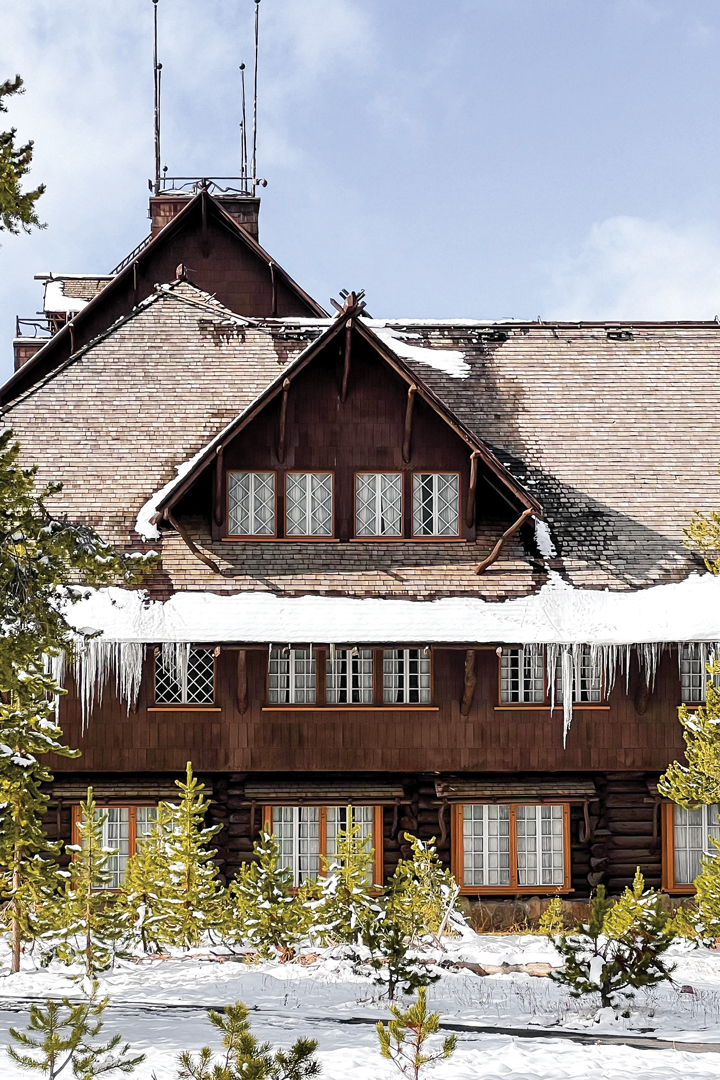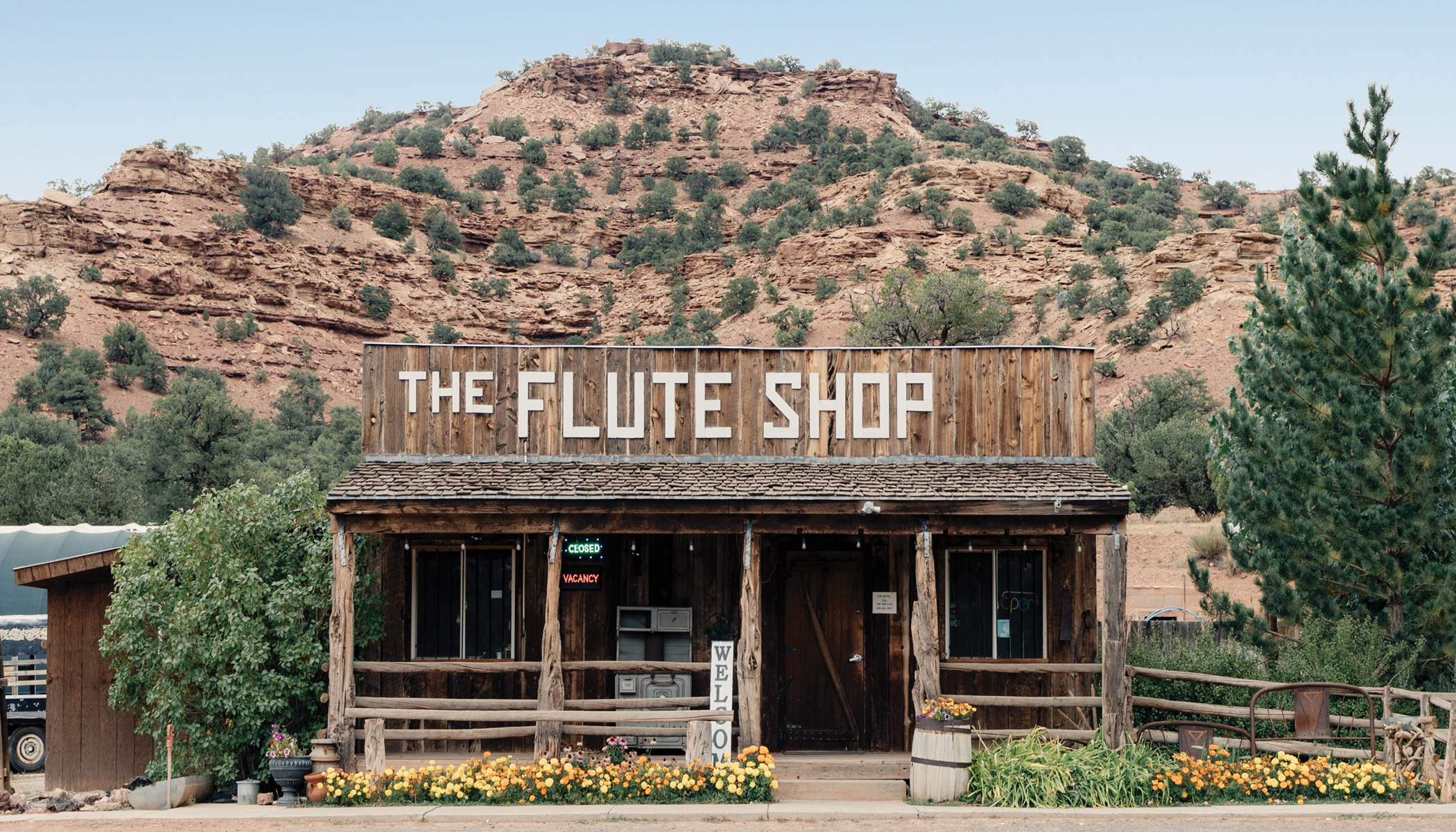Into the Woods with Accidentally Wes Anderson
During the time of lengthy frocks and knee-high socks, getting outside was suddenly in vogue. The late 19th century marked the dawn of national parks, and a new railway made it easier than ever for city dwellers to explore the great outdoors. But the one thing that nature didn’t offer was a bona fide spot to bed down for the night (as a proper lady or gent would never be caught pitching a tent).
And so, the National Park Service came up with a plan that would satisfy the comfort levels of those not up to roughing it, while protecting the land from intrusive designs. What resulted was their very own architectural style with luxurious interiors, and exteriors that disappear right into the natural landscapes. Dubbed “National Park Service Rustic,” it seemed the name was a little too long, as rangers quickly—and lovingly— began to refer to it as “Parkitecture.” With handcrafted features that used local materials and often asymmetrical designs, this was one style that they wanted you to miss.
Parkitecture didn’t stop at hotels and inns. Anything from ranger stations to the ol’ commode are camouflaged in the same style across the nation’s parks. So whether your next trip to a national park includes a sleeping bag under the stars or a glamper’s paradise, keep your eyes peeled or you may just miss the Parkitecture that’s meant to blend into the beautiful surroundings.
Crater Lake National Park
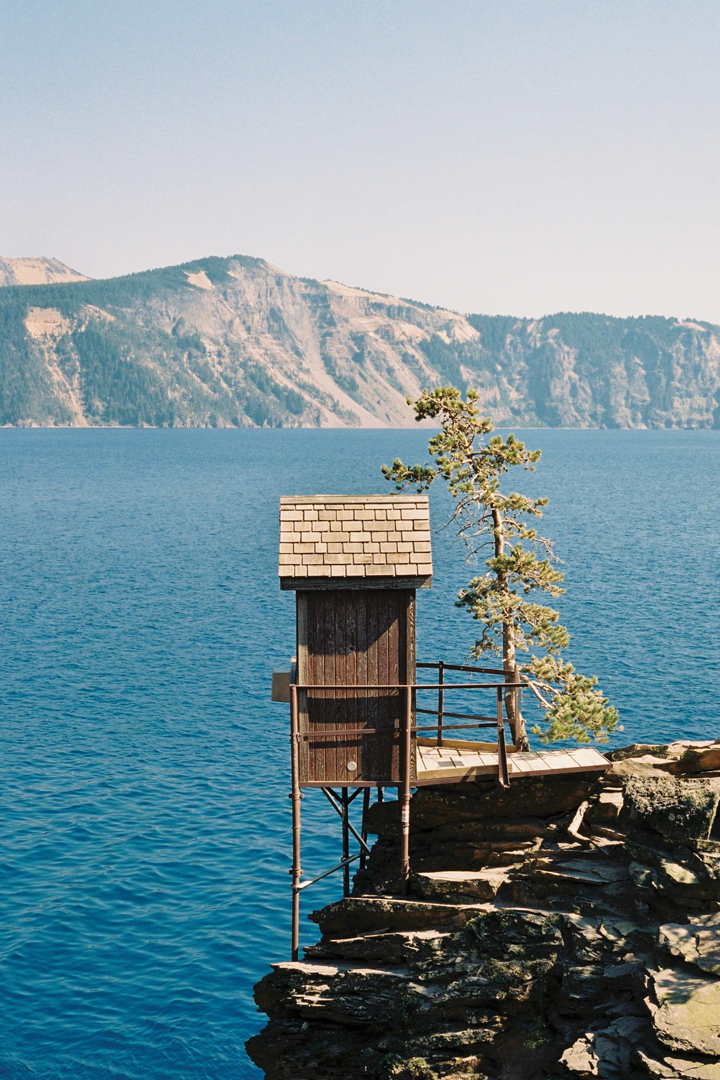
Joshua Tree National Park
Vibrant colors seem out of place? Take a closer look. In this pueblo-style design, pink tones are picked up in the sand, green gathered from the vegetation, and the blue hue matches the sky on a clear day. A multi-colored chameleon in the desert.
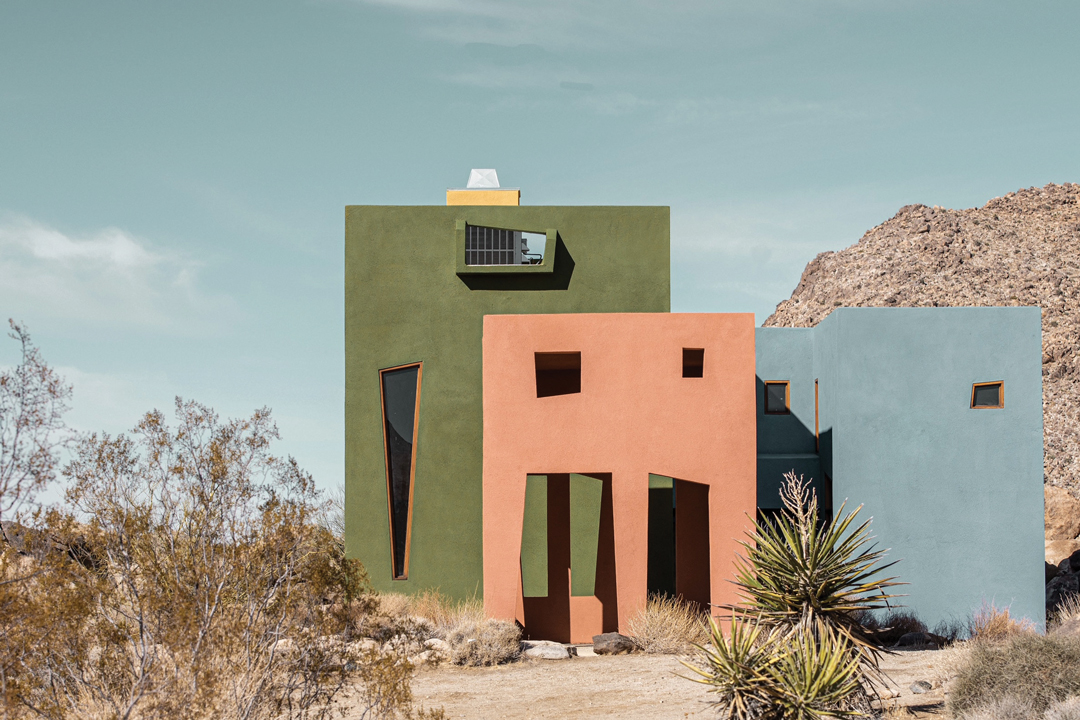
Colorado National Monument
All natural architecture wasn’t reserved simply for hotels. Concession stands, fire posts and even signage was given a take on outdoor designs.

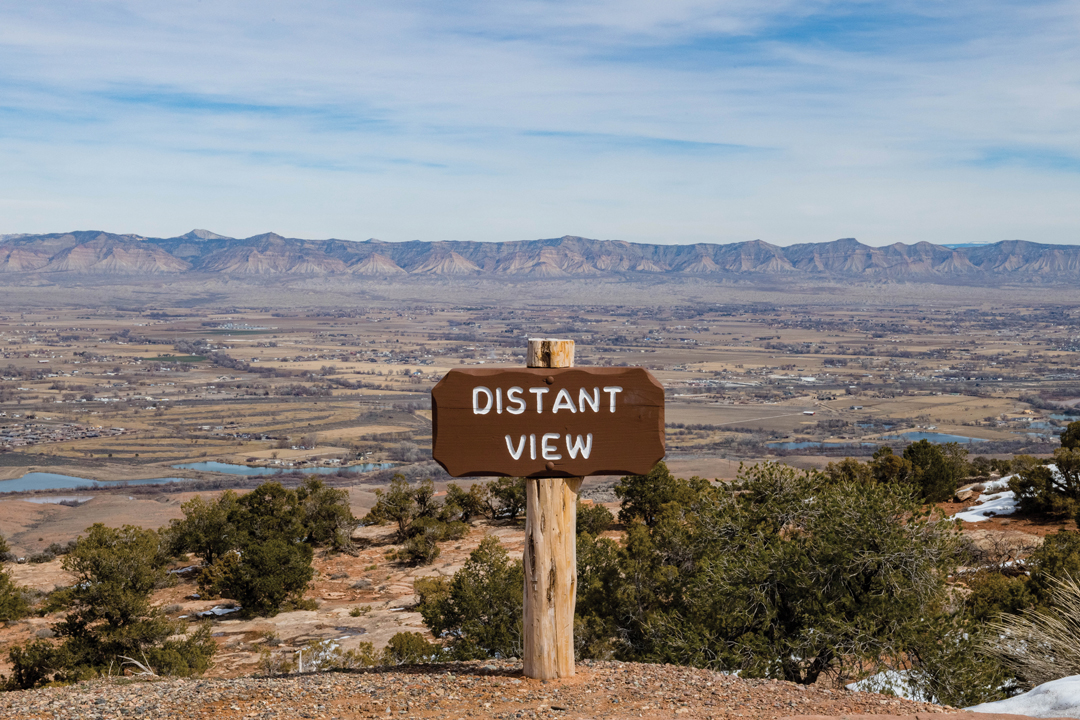
Yosemite National Park
Though the exteriors may blend into the backgrounds, the interiors were deliberately designed to dazzle guests with luxurious living quarters. Who needs a tent when you’ve got modern amenities?
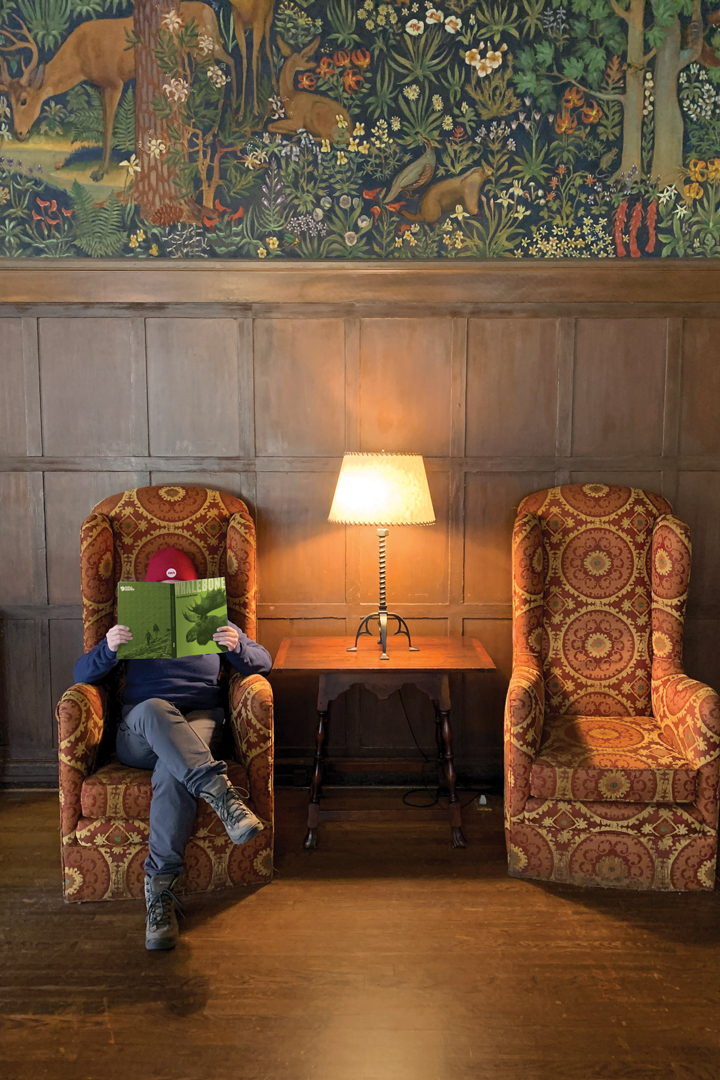
Mount Rainier National Park
When it comes to construction, wood isn’t the only material made available by Mother Nature. Many national park structures use stones and stucco to replicate their rocky surroundings.
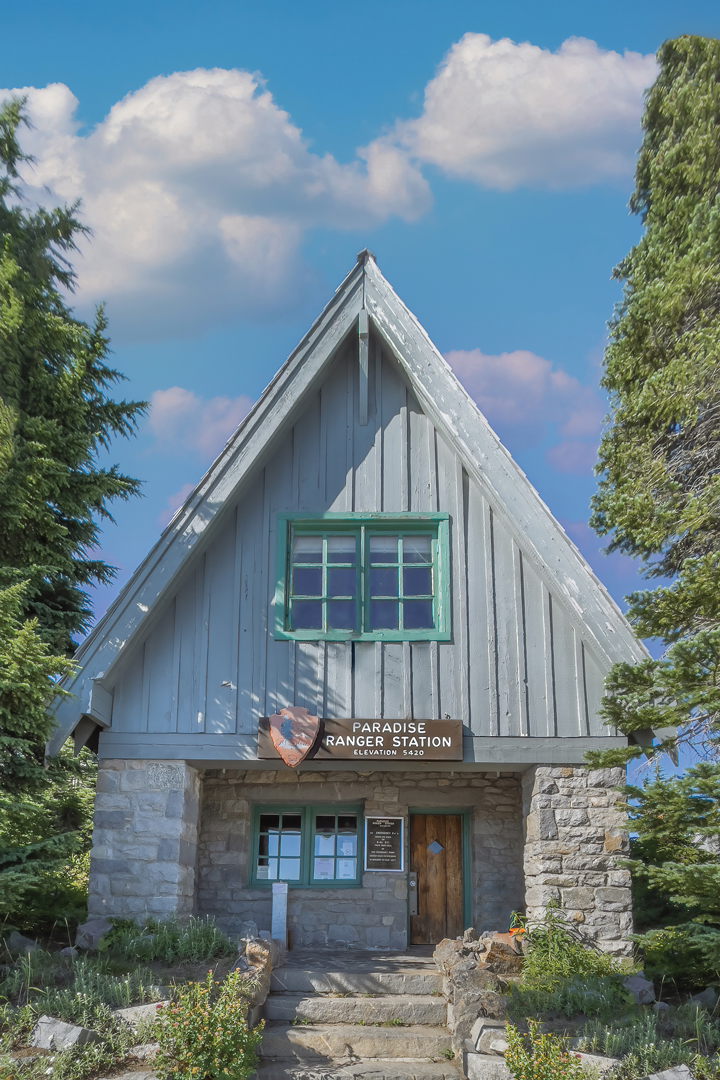
Capitol Reef National Park
Even privately owned buildings near but not inside national parks pick up on Parkitecture’s design notes of “au naturel” and “homemade.”
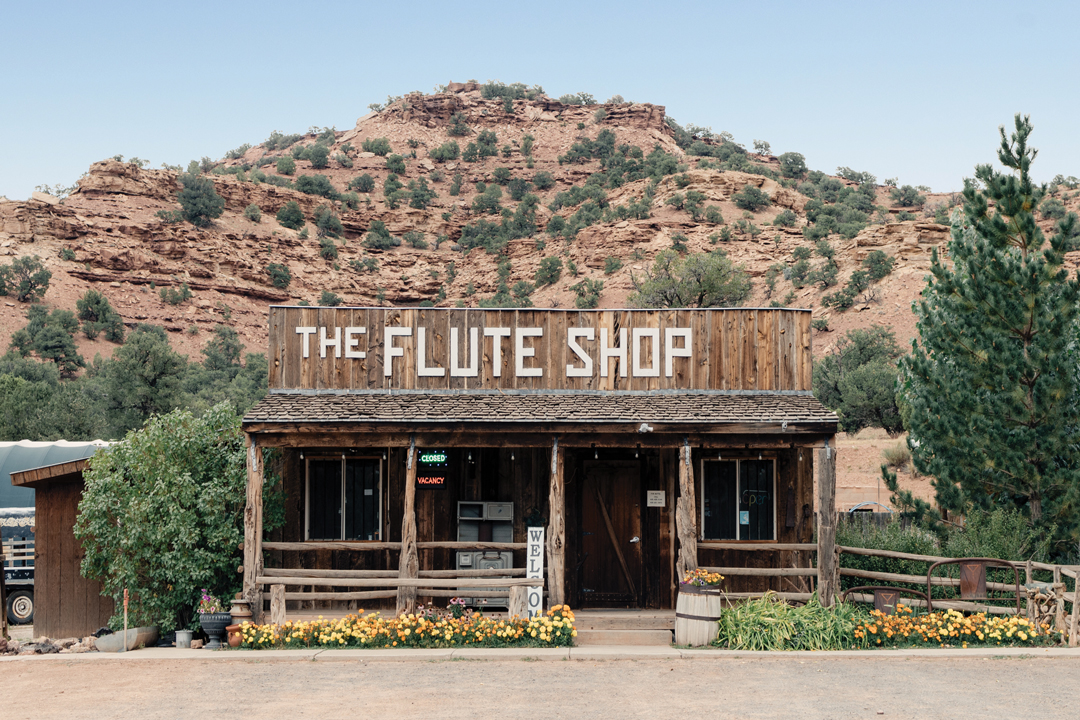
Yellowstone National Park
The first national park to open its trails back in 1872 is also home to the first example of “Parkitecture.” The Old Faithful Inn has blended into the beautiful surroundings of Yellowstone since 1904.
